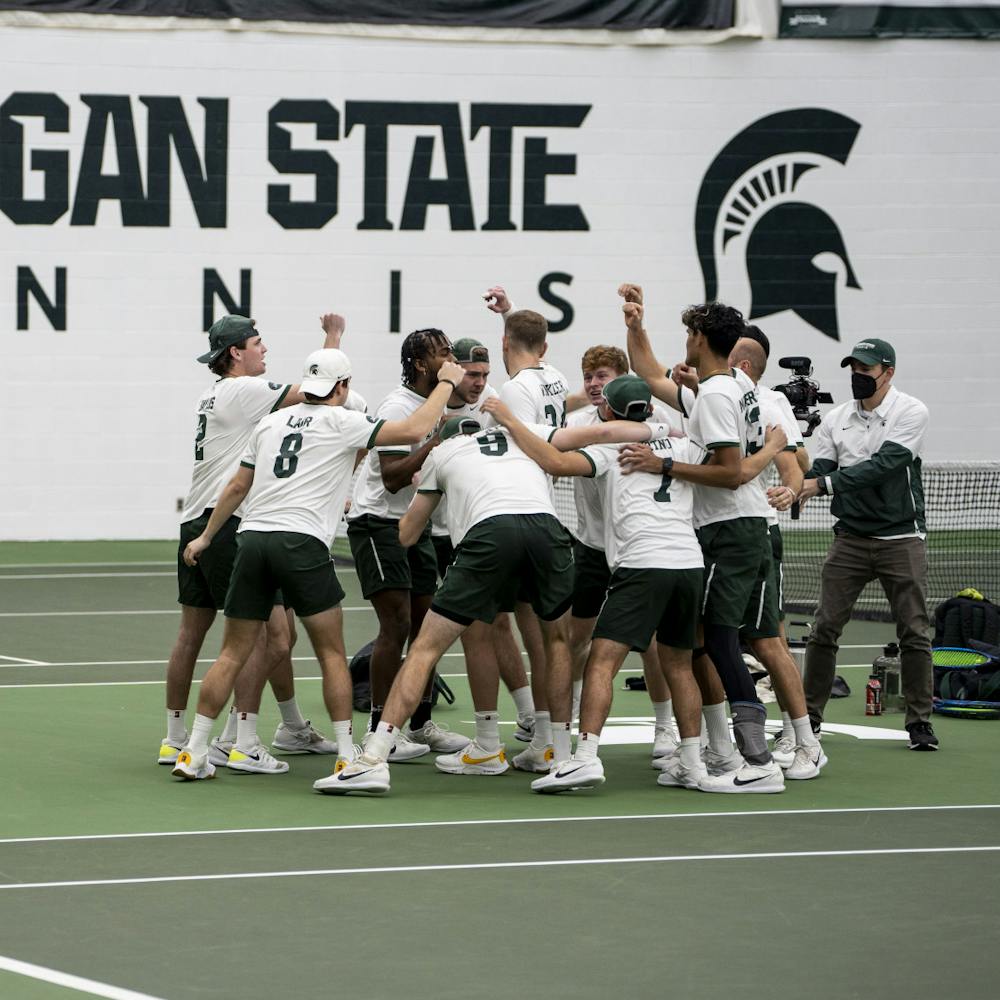I hate going home.
No, I didn’t have some sort of falling out with my parents or some other little personal sob story that I’m going to subject you all to. My house is not haunted. My brother is not a leper. I hate going home, well, because home doesn’t seem like home anymore.
OK, so there is a little bit of a story, but it’s not too long.
Way back when I was in fifth grade, our family packed up our bags and migrated west. We had lived in Farmington Hills, a town that was soon turning into SUV-driving, Prada bag-carrying snobs faster than the value of their mutual funds when the Dow Jones took a plunge last year. To those from Farmington Hills, I remember when 12 Mile Road used to be two lanes. It’s now 12 - or something like that.
So we quietly slipped out the back door and moved to Milford, established in 1832. I figured not much had changed in Milford since 1832. When we moved there, the population was about 10,000 souls or so. The bowling alley was the place to hang out, and we had one fast food restaurant - a lone McDonalds. It was a small village, but homey. We settled onto a nice, three-acre parcel of land and my parents built their dream home. There were three houses in our subdivision. It was like a freakin’ fairy tale - trees and deer as far as the eye could see. So there we lived, slightly bored, yet strangely content.
Things remained small scale all the way through high school. The car washes in town still out-numbered the fast food restaurants, and you could drive for miles without seeing a single traffic light. I graduated with 300 kids, maybe a few more.
This was small town livin’.
But then something happened after I left town. As if I had let my guard down and turned my back, they came. We must have been followed. The same Prada bag-carrying, SUV owners that ran us out of town in Farmington Hills came swarming down on Milford like the plague. It was like trying to contain a forest fire - you try to keep them out but there’s just no stopping them. They have money and there’s no plot of land or mansion they can’t buy.
I left for school in August. By the time I came home in November, Milford’s only fast food restaurant had been torn down with a “new, improved” model being built on top of it, and they were erecting a Taco Bell right across the way.
The acres and acres of farm land and dense forests had been knocked down in favor of $100,000 starter homes. They just kept popping up one across from the other with names like “Oak Hollow,” “Berwyck Place - an Equestrian Community” and “Milford Ponds.”
Property value has more than doubled in the last 10 years, and land value has become so high they turned an old gravel pit into a subdivision. All they had to do was slap a ritzy name on it and it’d sell. The old Commerce Road gravel pit became “Stone Ridge” and, voila, they can’t stop people from wanting to move there.
A usual conversation would probably go something like this:
“Where do you live, Pierre?”
“I live in Stone Ridge.”
“Ha ha ha, don’t those houses only cost $175,000?”
This would, of course, totally ignore the fact that their house is built on top of a gravel pit and will probably sink or something in a few years anyway.
But if people are willing to build their houses on a gravel pit just so they can move to Milford, you can imagine how badly businesses want to get a hold of all that corporate executive cash. Milford, the same town that had nothing but a McDonalds for at least 15 years, now has a Starbucks Coffee, Fashion Bug and Jets Pizza, just to name a few. Big chains like Rite Aid have started a trend by buying up small family businesses that have been around for 30 years, knocking them down and building on top of them.
It’s enough to make anyone sick.
And there are problems with this kind of population overload. For example, when you have 20,000 SUVs rolling down two-lane roads that were meant to carry 5,000 small cars and tractors, you’re going to have some serious pothole problems.
Speaking of which, Milford’s dirt roads, which are apparently an endangered species nowadays, don’t keep up with traffic very well either. There’s also no easy outlet to an expressway. Everyone who lives in Milford works in Detroit, Southfield or some other Detroit-area city. That means those same 20,000 SUVs have to cram themselves down another two-lane road, practically climbing over one another to get on Interstate 96. It used to take 10 minutes to get from my house onto the expressway. You better expect delays these days - you’d be lucky to make it in 25.
Word has it that they’re looking at building another little interchange to help accommodate all of our weary corporate executives. My guess is that they’ll spare Milford’s Starbucks Coffee and cellular phone establishments. They’ll probably just destroy another couple hundred acres of farmland or forest instead.
The reason I bring this whole issue up is not to catch the other 10 kids from Milford at MSU up on their hometown news. All the students here who are from areas west of Milford, your towns are next. Look at Brighton, it’s long past gone. Howell is going down, and I think Fowlerville might be next. There’s no end to it. It seems our entire planet will soon become one giant expressway without a tree in sight.
Of course, I have to acknowledge the fact that maybe I was part of the problem. We moved to Milford just like the rest of them.
Was I just a small leak before the entire dam came crashing down?
Dan Austin, a journalism and political theory and constitutional democracy junior, can be reached at austind1@msu.edu.






